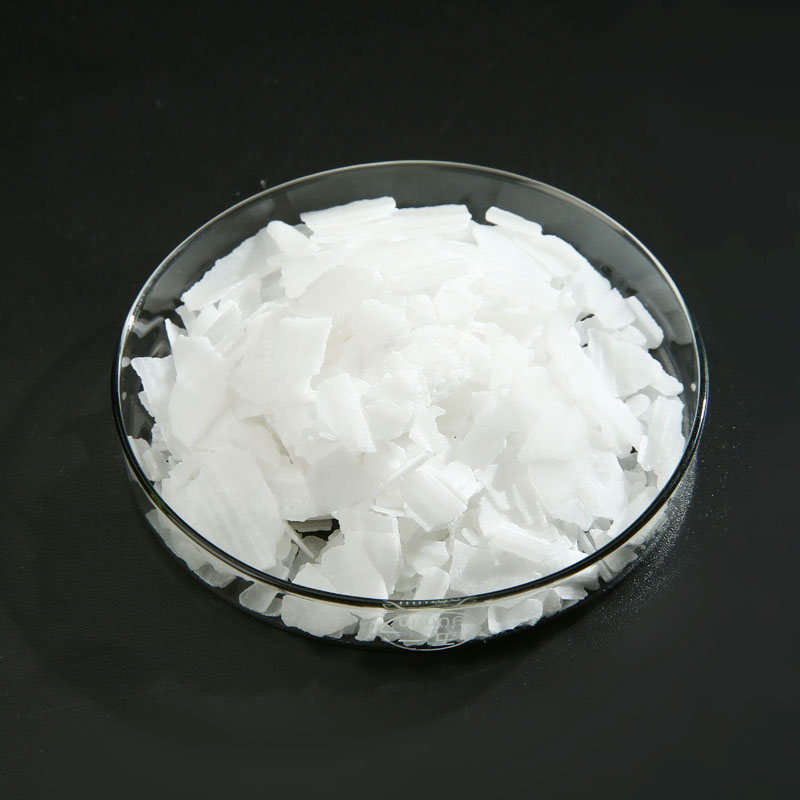Sodium hydroxide is sometimes referred to as caustic soda or lye. It is a common ingredient in cleaning agents and soaps. As one of the simplest hydroxides, it is frequently utilized alongside neutral water and acidic hydrochloric acid to demonstrate the pH scale to chemistry students. Let's see some facts of it.
At room temperature, sodium hydroxide is a white, odorless solid. Liquid sodium hydroxide is colorless and odorless. It can react violently with strong acids and water. Sodium hydroxide is corrosive.NaOH reacts with moisture in the air and generates heat as it dissolves. This heat is enough to cause a fire if it is near flammable materials.
Sodium hydroxide is useful because of its ability to change fats. It is used in the manufacture of soap and as a key ingredient in household products, such as liquid drain cleaners. Sodium hydroxide is usually sold as pure white granules or as an aqueous solution.
Caustic Soda Flakes
Sodium hydroxide is used in bar soaps and detergents. Sodium hydroxide is also used as a drain cleaner to unclog pipes. Approximately 56% of sodium hydroxide is used in industry and 25% of NaOH is used in the paper industry. At home, some household products, such as soaps or cleaners, contain sodium hydroxide. Accidental ingestion or skin contact with these cleaners can result in harmful exposure.
To protect your family from exposure, follow these guidelines.
- Follow all precautions and instructions on the product label.
- Store cleaning products out of the reach of children.
- Keep cleaning products in their original packaging.
- Wear latex or nitrile gloves when using products containing high concentrations of NaOH.
- Wear long sleeves and long pants that will not be degraded or deteriorated by sodium hydroxide to protect your skin.
Sodium hydroxide is a potentially dangerous substance. If it comes in contact with your skin, if you drink it or if you breathe it, it can harm you. Consuming or drinking sodium hydroxide can cause severe burns and immediate vomiting, nausea, diarrhea or chest and stomach pains, and difficulty swallowing. The damage to the mouth, throat and stomach is immediate. Inhalation of it causes severe irritation of the upper respiratory tract with coughing, burning and difficulty in breathing.

Spills and Emergencies - If employees are required to clean up spills, they must be properly trained and equipped. In the event of a spill or leak of sodium hydroxide, take the following steps.
Evacuate personnel and secure and control entrances to the area and eliminate all ignition sources.
For sodium hydroxide in solution, absorb the liquid with dry sand, dirt or similar material and dispose of it in a sealed container.
Do not use water, water or any wet cleanup of NaOH. do not flush down the drain.
It may be necessary to contain and dispose of sodium hydroxide as hazardous waste.
Store in sealed, original containers in a cool, well-ventilated place away from water and moisture.
Please visit XINLONGWEI website to find more acids and alkalies, and contact us if you need.